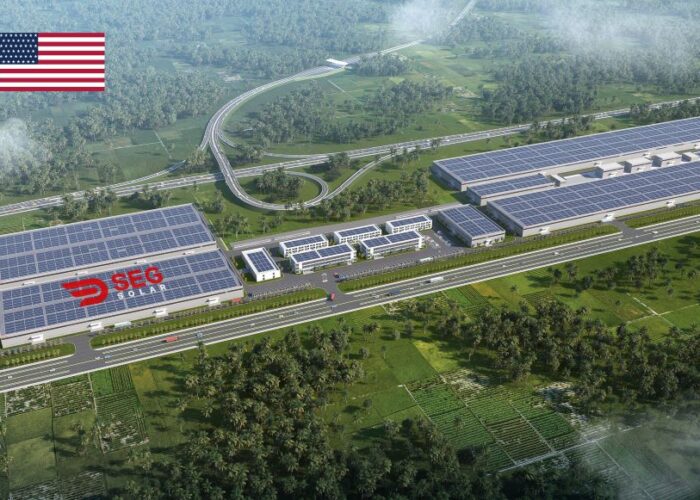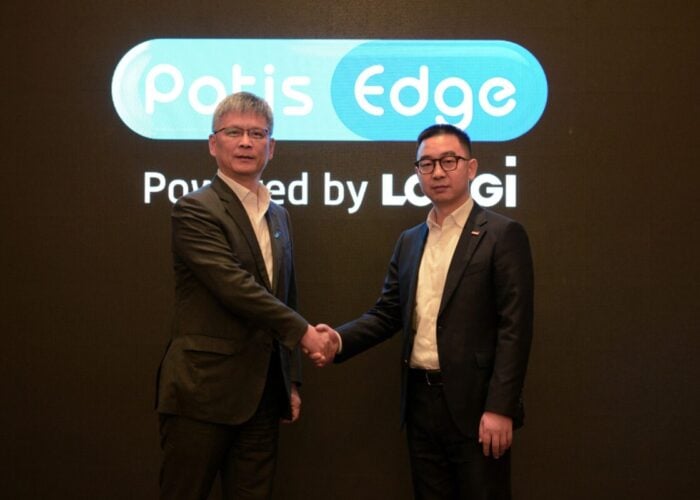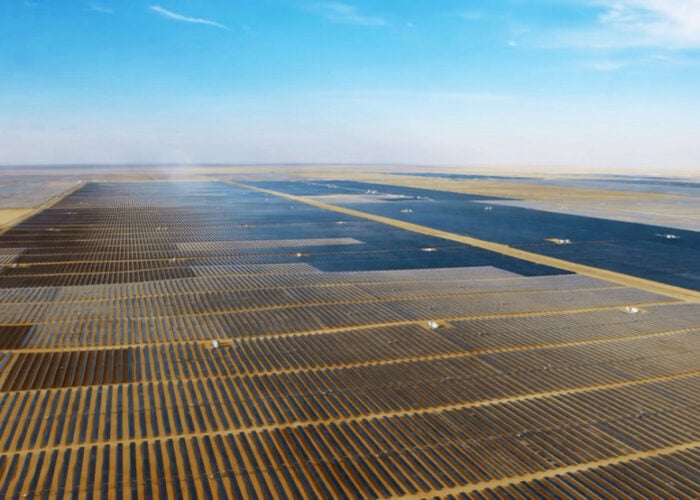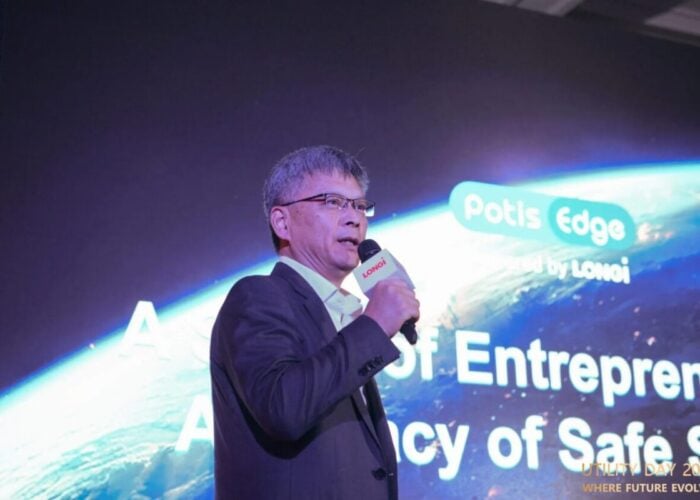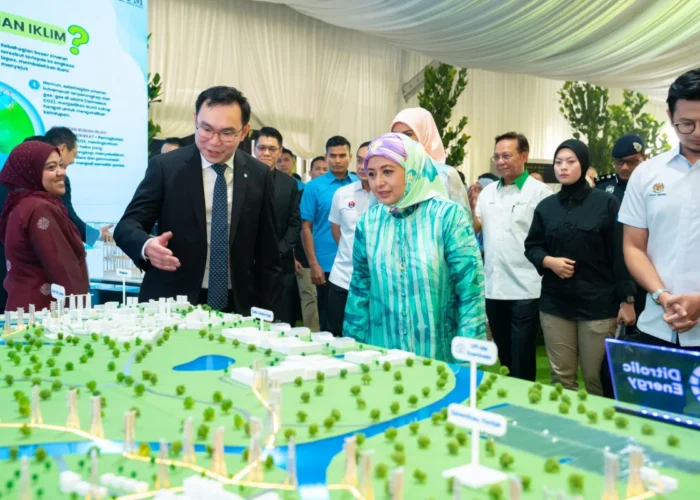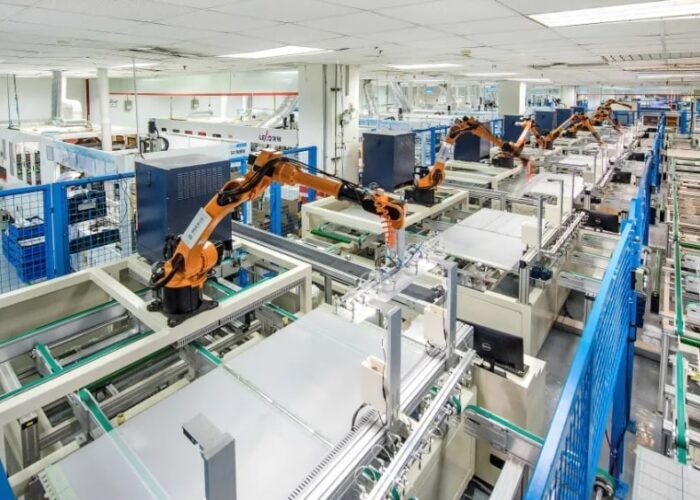PV CellTech 2017 is almost upon us, and the speaker agenda is finalized, including the elite of c-Si wafer and cell manufacturing. The event takes place in Penang, Malaysia, on 14-15 March 2017.
When we undertook our research at PV-Tech last year with the Technical Advisory Board, and asked which company they would most like to see giving the opening invited talk at the event, the answer was routinely one company: LONGi Green Energy (formerly LONGi Silicon Materials).
Try Premium for just $1
- Full premium access for the first month at only $1
- Converts to an annual rate after 30 days unless cancelled
- Cancel anytime during the trial period
Premium Benefits
- Expert industry analysis and interviews
- Digital access to PV Tech Power journal
- Exclusive event discounts
Or get the full Premium subscription right away
Or continue reading this article for free
This was no surprise, as the capacity expansions by LONGi (complemented largely by midstream cell and module additions by its subsidiary operations) have completely reshaped the landscape today for p-type mono in the market.
LONGi’s multi-GW mono-specific strategy has been the driving force behind mono wafer supply to the cell community, and has forced a major rethink of all the leading c-Si cell producers and their mix of p-type mono and multi cell capacity, and what this should look like moving forward.
The solar industry has waited a long time for a leading mono wafer supplier; one that could challenge GCL Poly on multi wafers, while also having a low cost structure and a commitment to R&D that fed into improved wafer quality. It is this combination that differentiates LONGi from all the other mono wafer suppliers in the past.
As such, it is entirely fitting, and extremely exciting, to have LONGi kick-start the two day PV CellTech meeting in Penang on 14 March.
In preparation for the event, I checked in with LONGi’s presenter at PV CellTech, Xie Tian, on what we could expect to hear from his opening talk on 14 March. First the narrative, and then some further comments from my side on the context:
What are you going to cover in the talk?
Xie Tian: An update of LONGi capacity planning to guarantee mono wafer supply safety; a brief update of Chinese PV installation, mono market share and forecast from the point of view from LONGi; updated product information (quality and technology) for high efficiency solar cell application; future challenges to mono wafer for cost-effective high efficiency solar application.
What challenges are you seeing with cell manufacturers today?
Serious mono wafer shortage and improved quality of mono wafers without cost impact for higher efficiency.
What do you hope to learn from the PV CellTech event in Penang?
Advanced solar cell technologies; detailed requirement of mono wafer specification change (lifetime, oxygen concentration, resistivity, etc.); any other help needed from mono wafer manufacturers.
PV Tech: If we look at the comments from Xie Tian, indeed we are hitting at the key issues in cell manufacturing today. Knowing exactly what LONGi’s plans are for capacity expansions is critical to cell producers that rely upon getting supply of mono wafers and could impact decision-making on whether to push for more mono-PERC cell capacity, or allocate more resources into p-type multi and black-silicon upgrades.
The issue also of mono wafer shortage is closely linked and could easily come into play. In the past, cell makers could easily shift from p-type multi to p-type mono production quickly by switching etching chemicals at the front-end. Therefore, if there was an opportunistic chance to grab some low-cost wafers, either mono or multi, this could be mirrored in cell supply.
However, if we do see a p-type cell manufacturing landscape more bifurcated into black-silicon multi and mono-PERC, then it is not a straightforward exercise to do the multi/mono cell change. Therefore, we could see companies having either a mono-based or multi-based p-type approach, and the signs are that this will be apparent during the talks at PV CellTech 2017.
And if this does happen – and there are strong indications it might – then we may move into a situation where we could have fully decoupled supply/demand dynamics for each of mono and multi wafer types, similar to what we see today for n-type and p-type wafers. Now, if we assume that the industry remains top-heavy on p-type multi wafer capacity, then the potential shortage does impact on mono wafers, particularly if mono gains more share against multi in the coming 12-18 months, as is broadly predicted.
Therefore, knowing precisely what LONGi’s plans are to set up capacity to ensure supply is met is critical to know, both for mono cell users and for multi or n-type competitors tracking the company from a competitive benchmarking perspective.
The other phrase from Xie Tian’s comments that resonates with the theme of PV CellTech relates to the advanced cell designs.
The past two years has very much seen advanced cells moving from research labs to mass production, as far as p-type production is concerned, and PERC of course being the preferred upgrade route. However, we definitely see more activity now on n-type capacity additions, mostly from Chinese companies, and early signs that bifacial cells could be part of industry upgrade activity going into 2018.
And of course, we still have the entire selective emitter upgrade phase to hit mainstream manufacturing. Finally, having been shifting quickly to 5 busbar designs on cells, the pull on multi busbar (or grid structures) could be high on the agenda going into 2018 also.
Multi grid structures have a plethora of hidden benefits that are intricately linked to addressing cell-to-module losses and cell optimization at the module level. This has been missing in the industry so far, and when we consider moving to more ‘smart’ cell interconnection processes, we see solar module assembly shifting more into territory that has strong analogy to process optimization that has been the forte of only a few solar producers to date, and one that bring semiconductor-type manufacturing into the solar factories.
LONGi having the opening plenary talk at PV CellTech will firmly set the tone for the rest of the talks and discussions over the two days, and indeed, will be seen by many as laying out the key issues that will be instrumental in technology plans for almost every cell or thin-film manufacturer in the industry today.
PV CellTech takes place on 14-15 March 2017 in Penang, Malaysia. To register to attend the event, please register using this link.

